Walmart Embraces Amazon MCF: A New Era of Cross-Platform Fulfillment for eCommerce
Walmart Embraces Amazon MCF: A New Era of Cross-Platform Fulfillment for eCommerce
Online sellers worldwide know well the importance of maintaining their presence on the e-commerce giant Amazon. While doing so, it is vital to know how to manage the products according to what is most beneficial for them. That is where the point arises as to what is Amazon Seller Fulfilled Prime and how it is different from FBA(Fulfilled by Amazon). Both these programs or services are basically the deciding factors for the management and shipping of your Amazon product inventory. However, it is not just about that as you may choose either of these depending upon the charges, profit margin, inventory, storage or warehouse, and many other factors. So let’s see which one can be more suitable for a seller and its business.
Boost your sales by adding the Amazon Top Selling Products in your Inventory.
In contrast with Fulfilled By Amazon, in which Amazon keeps the seller product in its own warehouse, picks it, packs it, and delivers the product to the buyer, Seller Fulfilled Prime does the opposite. If a seller has opted for the Seller Fulfilled Prime, a seller keeps the product inventory in its own warehouse, packs the ordered product on its own, and ships the product itself without any assistance from Amazon in the process. While there could be benefits of using it, there could be drawbacks too-but, that again depends on many other factors. It would be remiss to mention, although it’s quite understood, that under both these categories, sellers are considered as prime sellers. But there are certain requirements for a seller to use the seller fulfilled prime. Have a sneak peek at the conditions that make a seller eligible for fulfilled by prime.
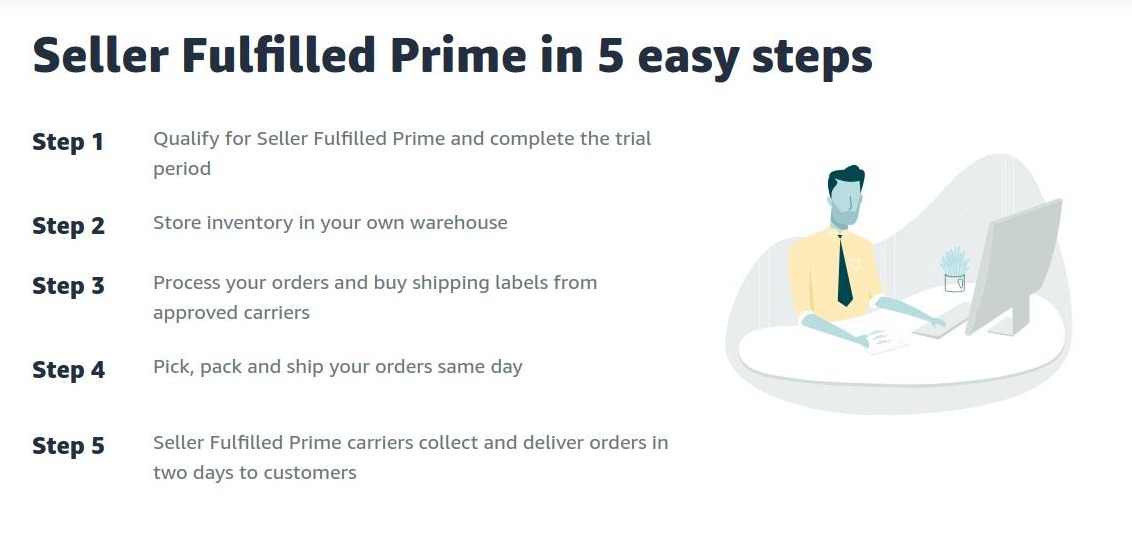
So let’s start an in-depth analysis of how Amazon Seller Fulfilled Prime vs Fulfillment By Amazon.
Selling on Amazon while using the Fulfilled By Amazon costs you an amount that is not less especially if the product that you are selling is procuring you low-profit margins. You need to pay the picking, packing, handling, and storage fee if you are using the FBA service. On the other hand, the seller fulfilled prime needs you to take all the actions, from packing, shipping costs to different locations, etc. So on the one hand, where you may save yourself with seller fulfilled prime to pay to Amazon for the order fulfillment, you also have to manage all the expenses yourself. But in case you are a seller who has fewer inventories to manage, local shipping, or convenience in shipping, you may go for the seller fulfilled prime and make it a light-on-pocket process.
Also Read: How To Optimize Product Listing With Amazon A+ Content
Needless to say, if you have chosen the Fulfillment By Amazon, you need to send a specific number of your product inventories to the Amazon fulfillment center. From there, Amazon picks your product, packs it, and sends it to the buyer. In seller fulfilled prime, you need to do all of this yourself. For that, you also need to have a warehouse or space where you can store your inventories. If you do not have a massive quantity of inventories, you may handle it yourself, or if you have a large number of products and space too, you may go for the seller fulfilled prime. However, if you don’t have a warehouse and have a greater number of inventories, you may opt for fulfillment by Amazon.
Also Read: Amazon Seller Central VS Vendor Central – Which Is The Better Platform For Amazon Sellers?
As has been already mentioned, you need to have a warehouse where you may keep all your products for using the seller fulfilled prime. To keep the products in a proper maneuver, you need to have a staff that can manage and maintain the product inventory and quickly pack and ships the products. This is also because you will need to deliver the products in a short period of time. As a result, more manpower means more investment. But if your product gets you a higher profit margin, you may afford to maintain the SFP accordingly. In such a case, you keep all the profits to yourself.
Also Read: 5 Tips to Increase Sales on Amazon in 2021
With seller fulfilled prime, sellers have complete control over the inventory of the product. They don’t divide the inventory between their own store and the Amazon fulfillment center. So if you as a seller opt for the seller fulfilled prime, you may have control over your inventory, and you may distribute it in case you have a multi-sales channel.
Also Read: A Complete Guide to Amazon Product Sourcing 2021
Amazon solely handles the return of your product if you have selected the Fulfilled By Amazon. On the other hand, if you have opted for seller fulfilled prime, you need to handle all the returns yourself at your ow
.+n expense. Although it negates the chances of customer fraud and makes it easy for you to handle the product return, it could also be an exhaustive task. For returns, you need to have a dedicated staff and department for the handling of the return and customer communication.
This was all about SFP vs. FBA.
For different Amazon sellers, the equation is different. Depending on their needs, they can opt for either of these two programs. However, both of these services have their own pros and cons, and keeping them in mind, sellers may choose what is most suitable for them.
Also Read: 7 Tips To Write Amazon Product Description That Ranks High in Search
Let’s have a look.
You may sell on Amazon with CedCommerce, using different web frameworks such as Magento , WooCommerce, and many more
No matter how many pros or cons these two programs or services have, both can prove to be ultimately beneficial if used according to the type of business a seller has – small or big, with huge inventory or less. If all the conditions have been taken into consideration for a business, these services can take the businesses to a new peak of success, that’s the reason Amazon offers these services. Every business has its own needs, which decides which service to use as there is no one-size-fits-all factor in this area. At the same time, changing needs and growing business may change your needs to switch to the other service. So keep a tab on the market equations, your business, and your growth, and keep reinventing your business with the best of services and y selling on multiple channels.
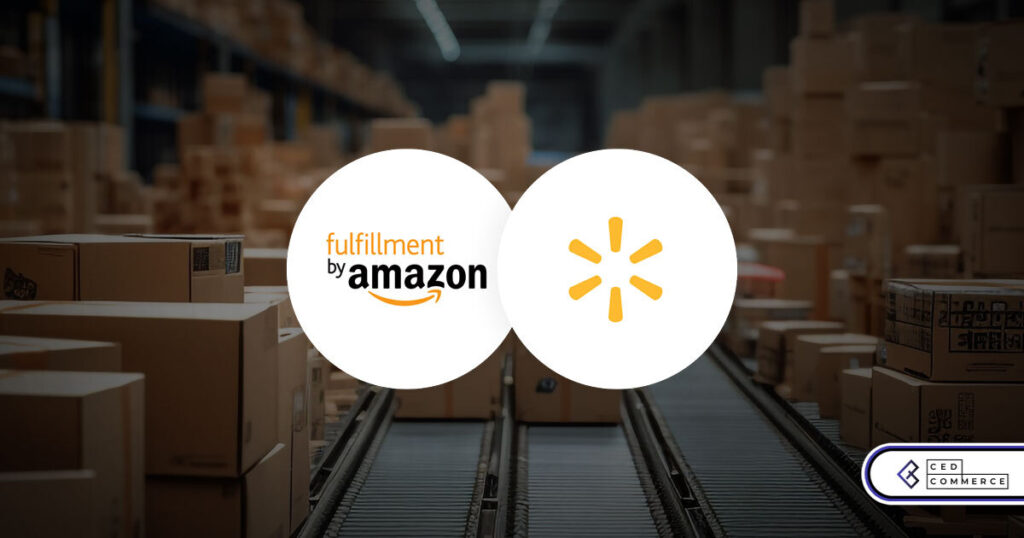
Walmart Embraces Amazon MCF: A New Era of Cross-Platform Fulfillment for eCommerce
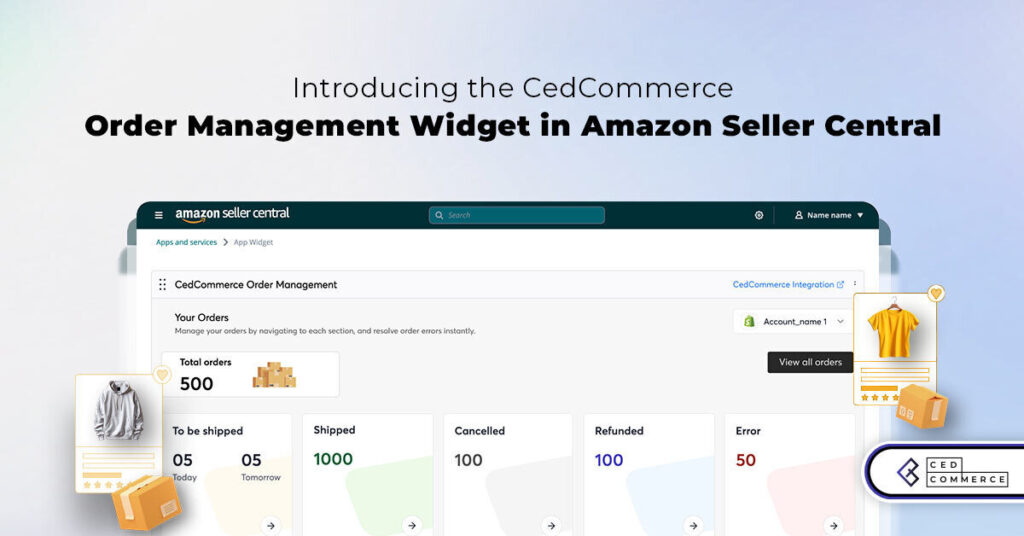
Order Management Redefined: A Centralized Solution for Amazon Sellers
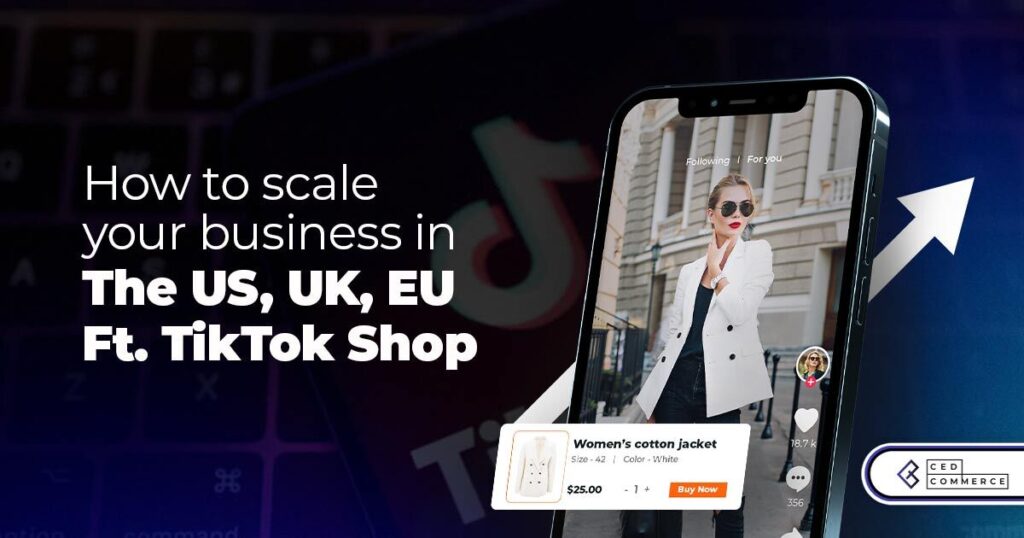
Maximizing TikTok Shop’s Regional Compatibility for US, UK, and EU Markets
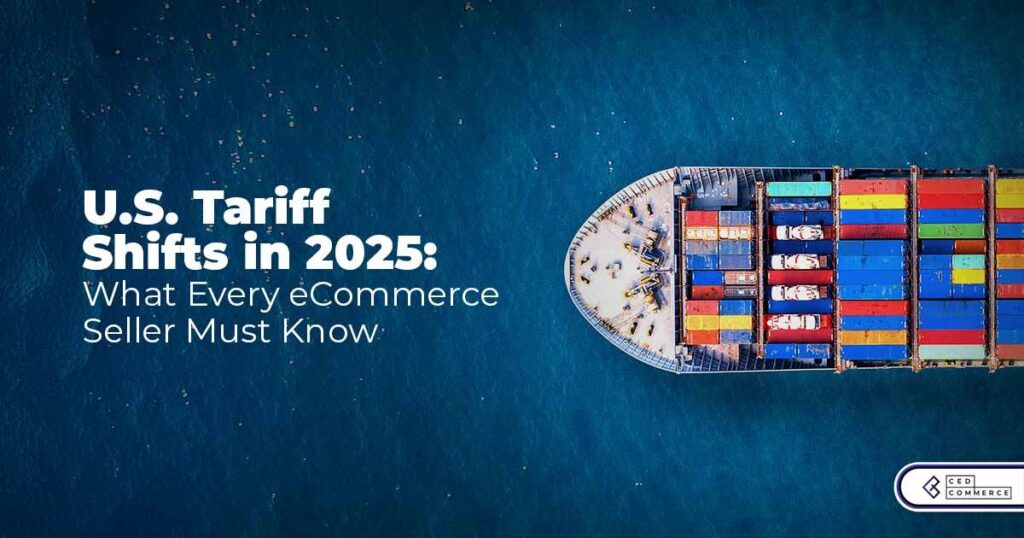
Understanding U.S. Tariffs in 2025: What Sellers Need to Know and Do
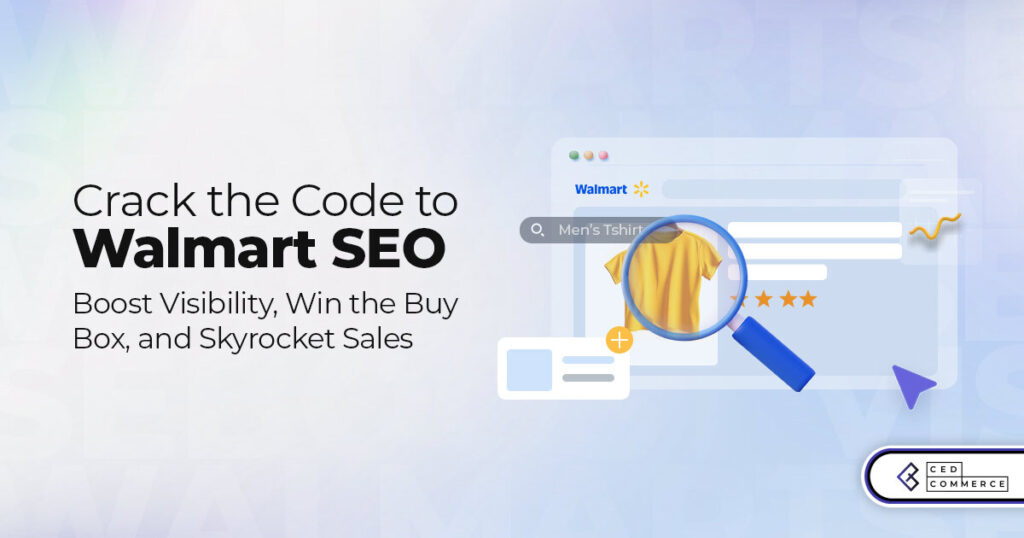
Walmart’s Search Algorithm Decoded: How to Rank Higher & Sell More
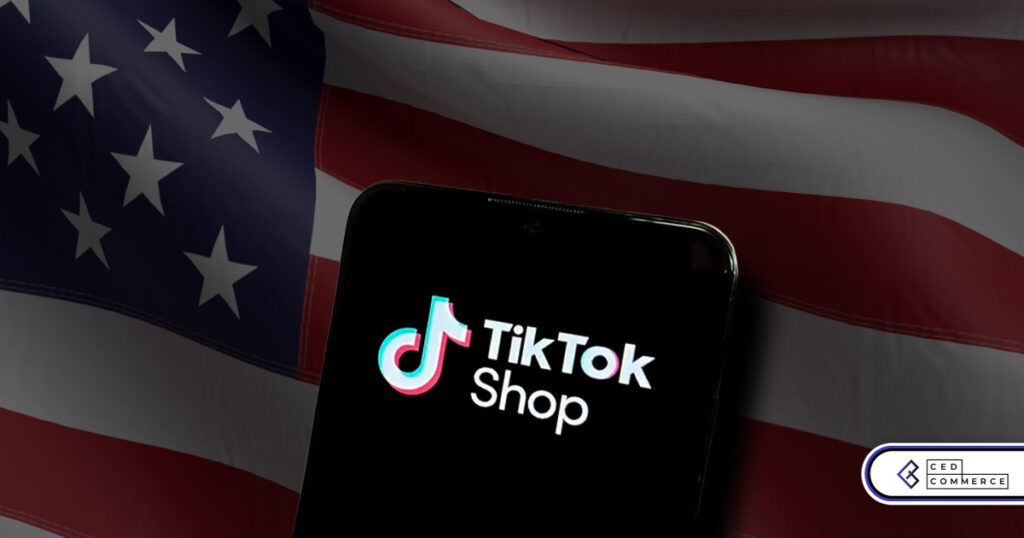
TikTok Gets a 75-Day Reprieve in the USA as Trump Signals Hope for a Deal

TikTok Shop Introduces Category-Based Benchmarks for Product Listings – What Sellers Need to Know

Amazon FBA vs. FBM: Which Fulfillment Method Is Right for You?
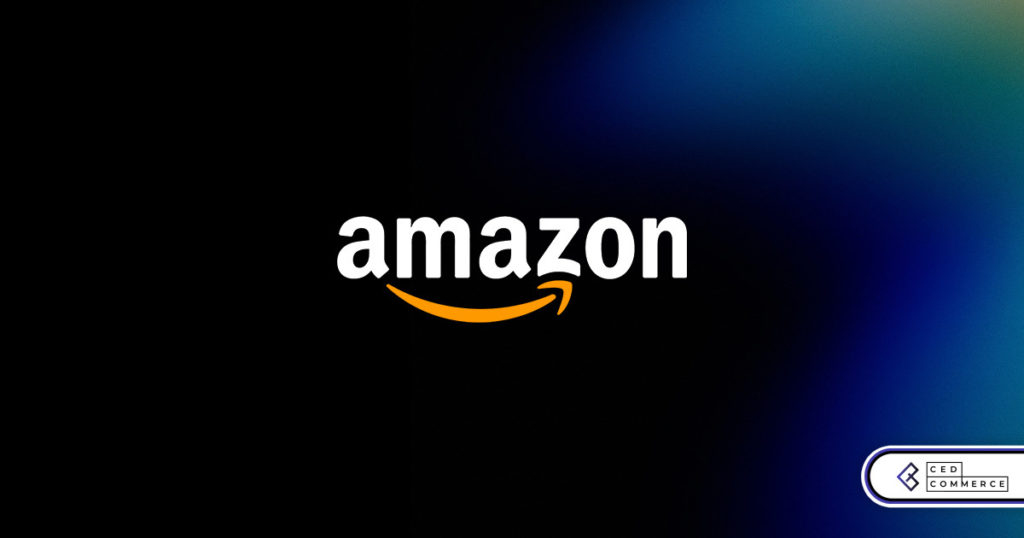
Amazon Launches Another AI Tool for Sellers: AI Generated Product Enrichment
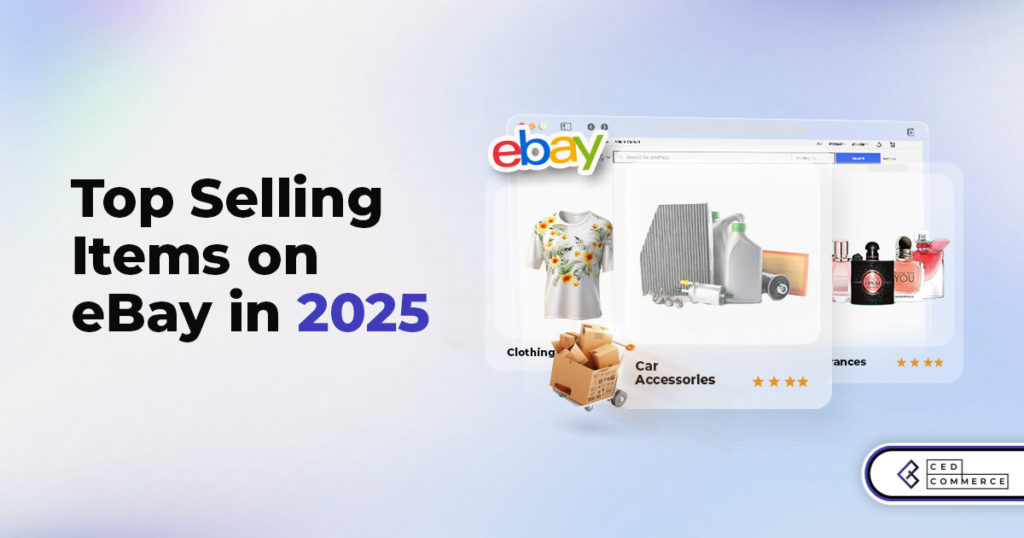
Top 10 Selling Items on eBay in 2025

Amazon launches AI Powered ‘Interests’ Feature to Improve Shopping Experience
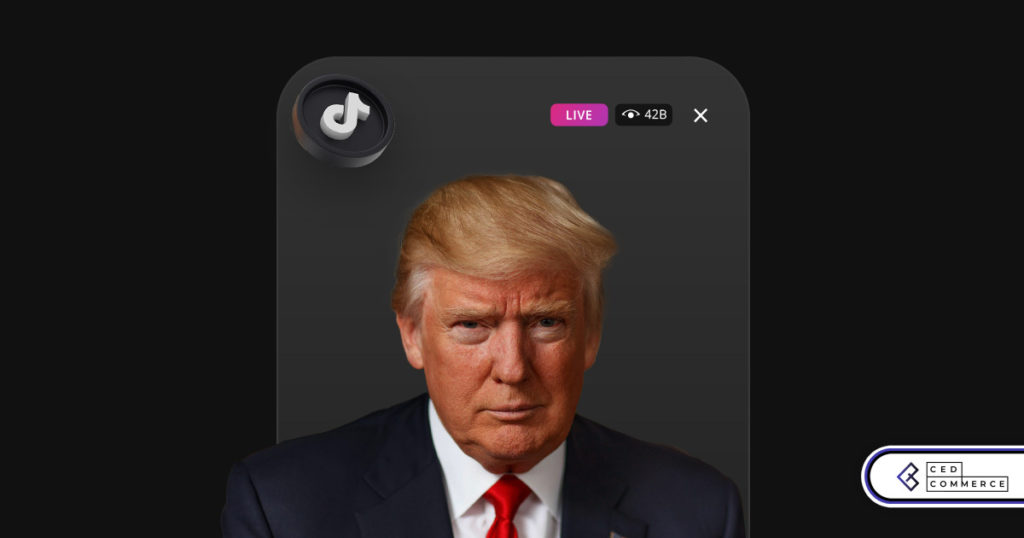
Is TikTok Staying in the US? The State of TikTok Ban
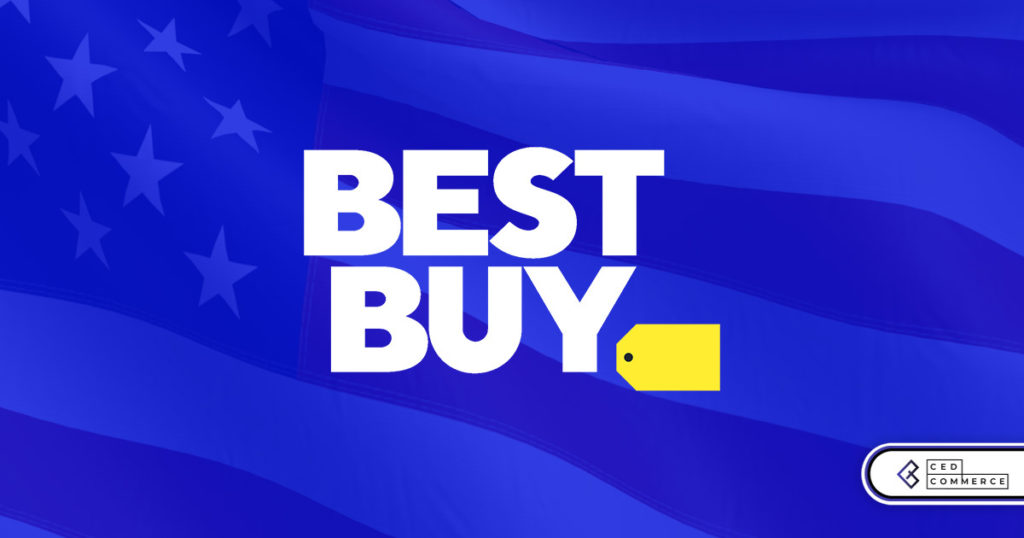
Best Buy coming back to the US, Marketplace Relaunch and New Opportunities in Store!

Miravia PrestaShop Connector: Built for Smart Sellers
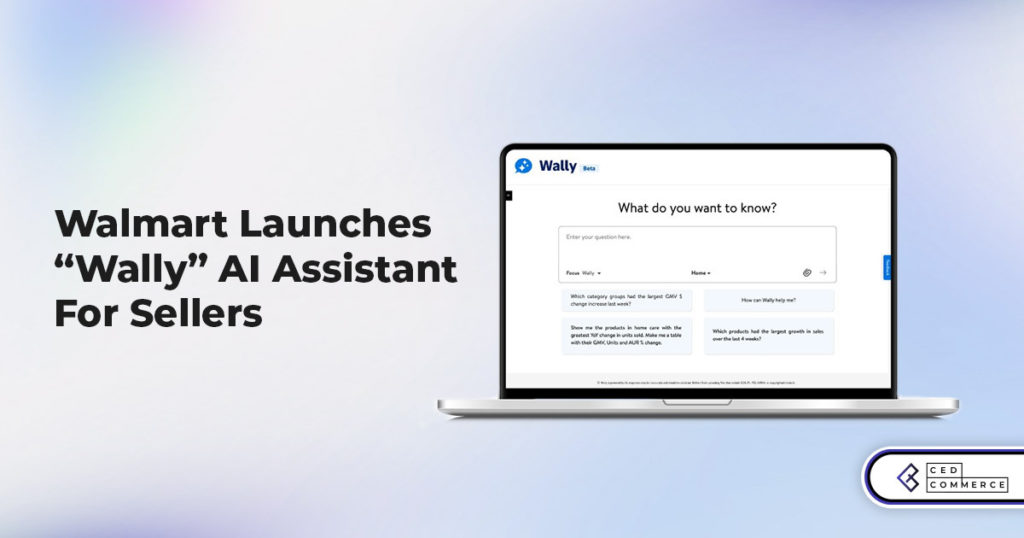
Walmart Launches “Wally”, AI Assistant For Merchants
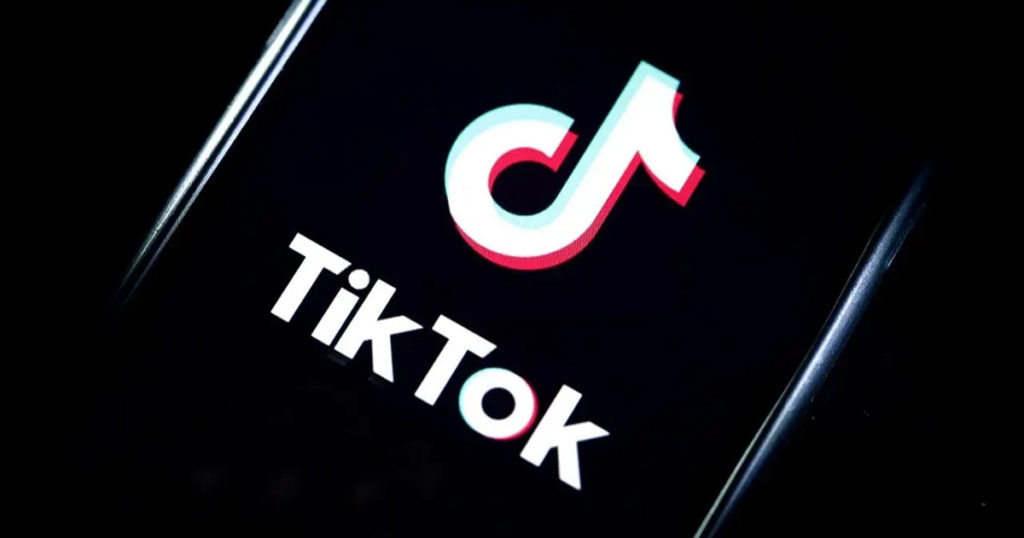
TikTok Shop to Start Business in Germany, France, and Italy

TikTok Shop Surges as Americans Spend $700 Annually, Defying Regulatory Pressures
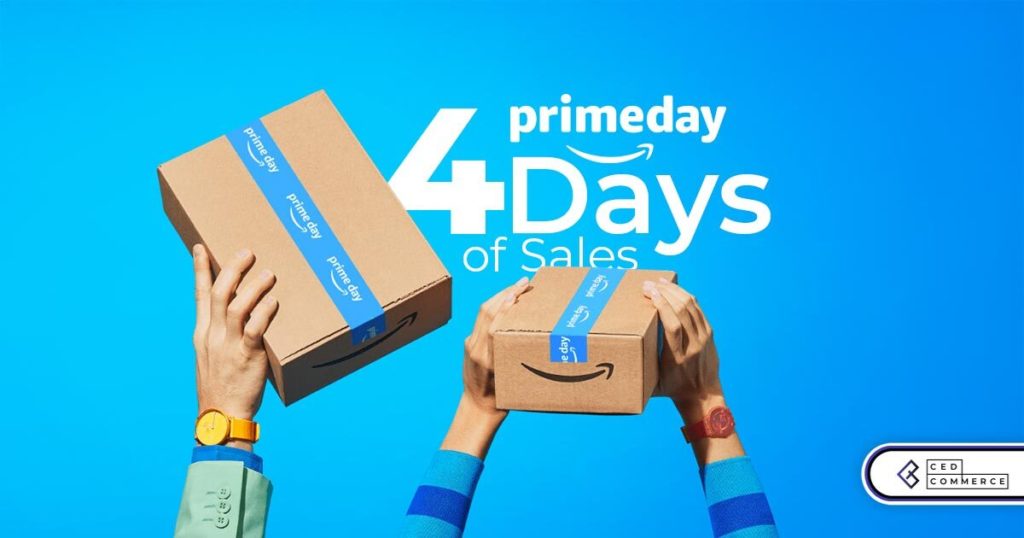
Amazon’s Longest Prime Day Ever: What You Need to Know

eCommerce Growth in the Netherlands: A 5% Surge in 2024 with Bright Prospects Ahead
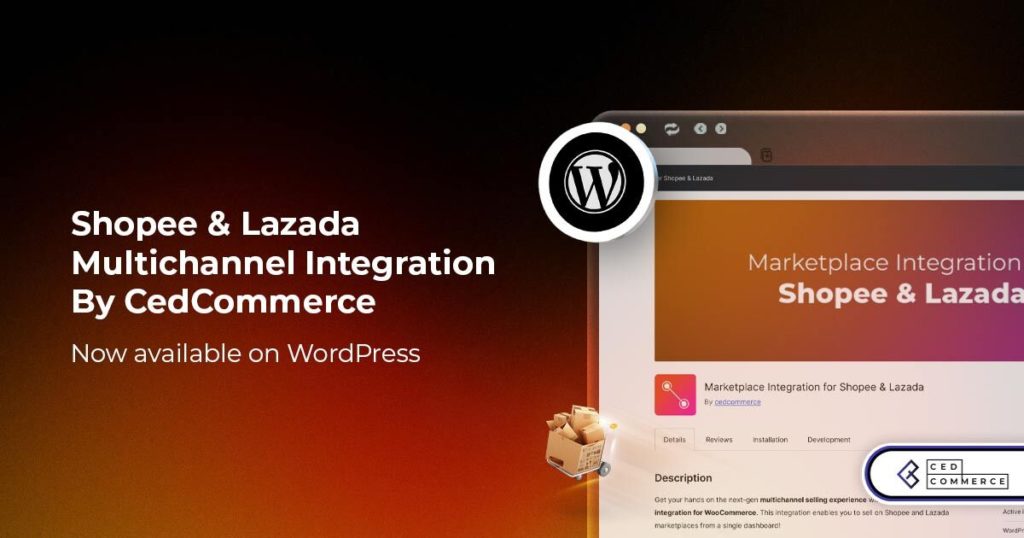
CedCommerce Launches Shopee & Lazada Integration for WooCommerce on WordPress.com